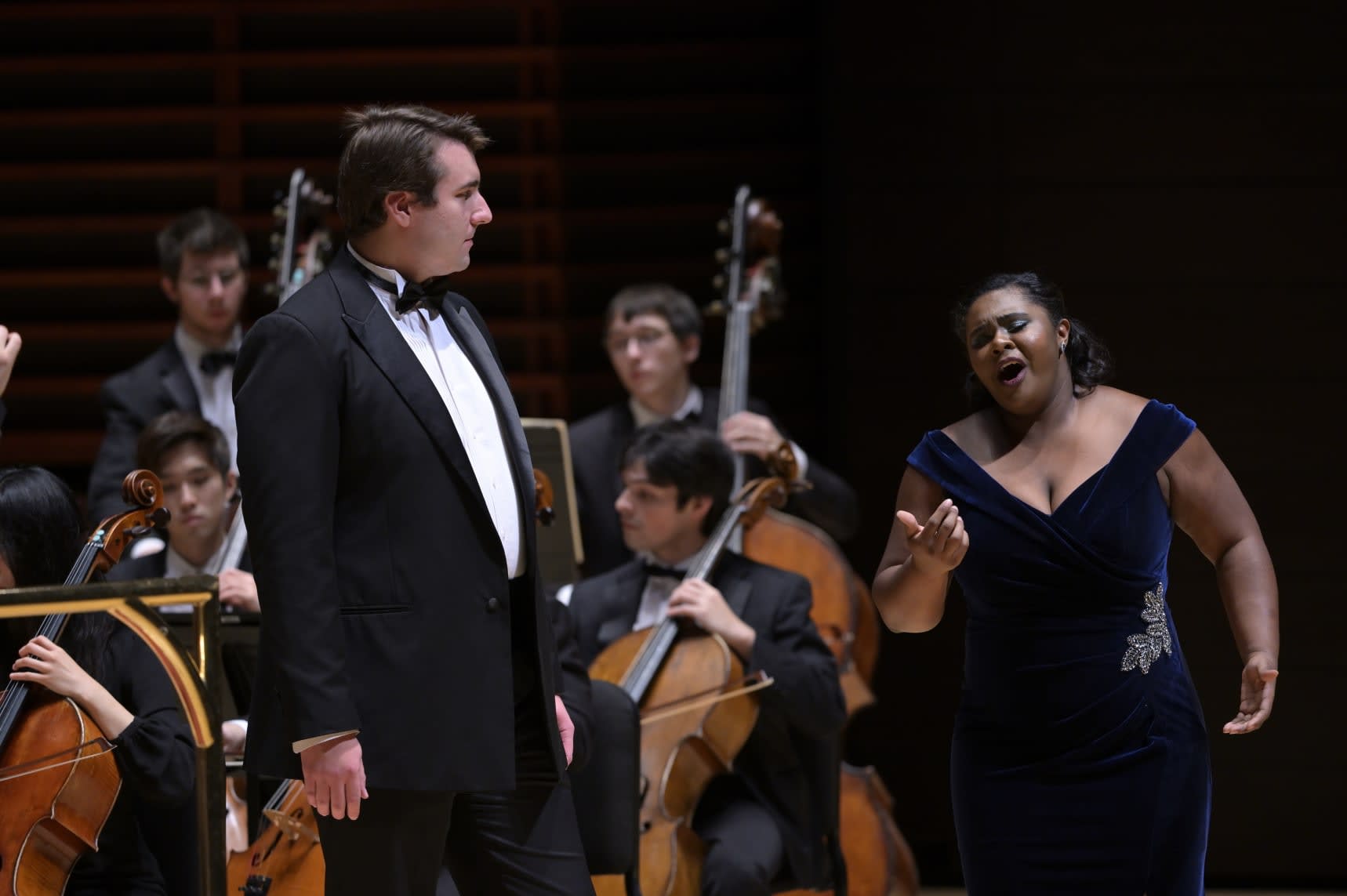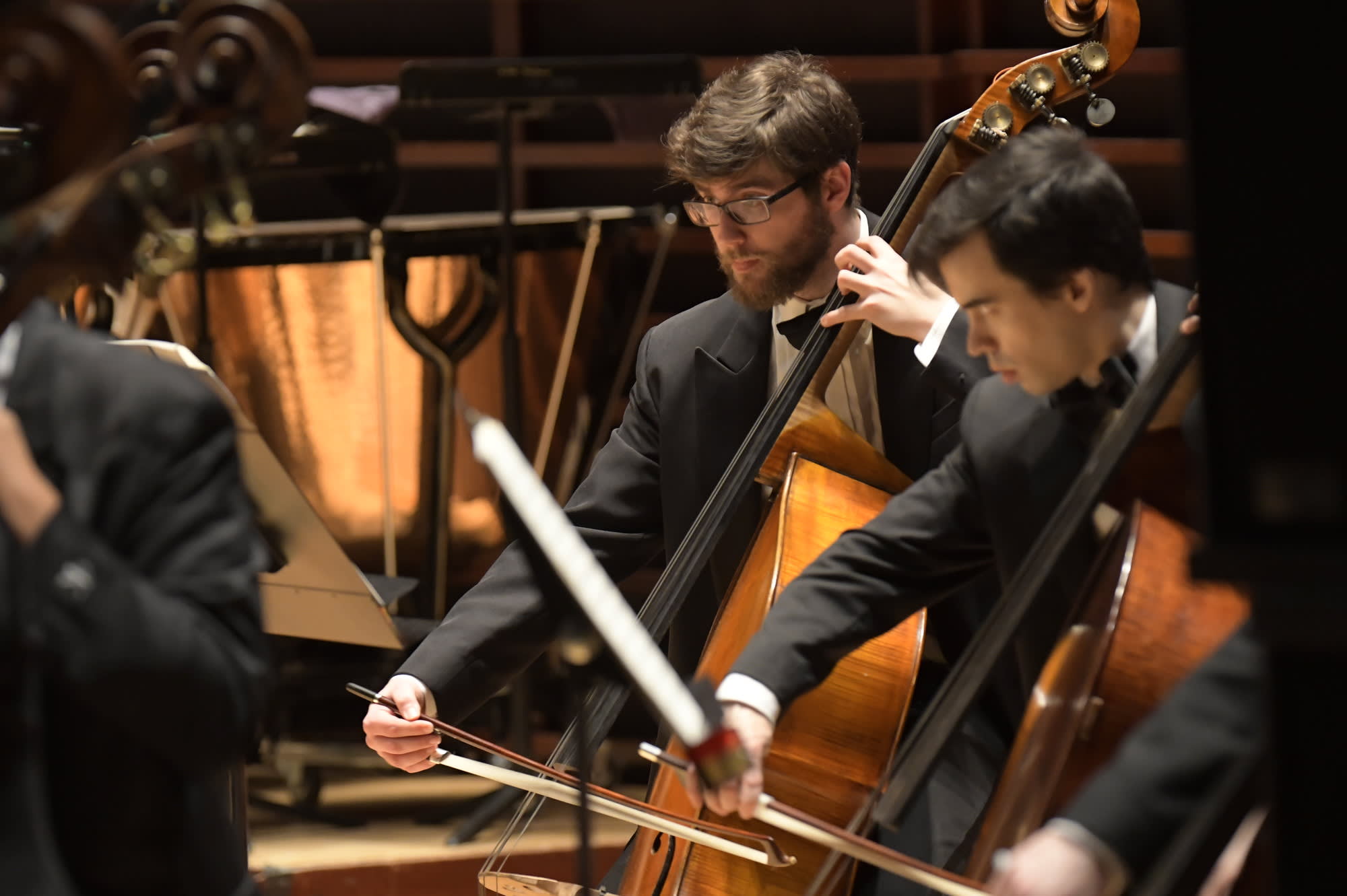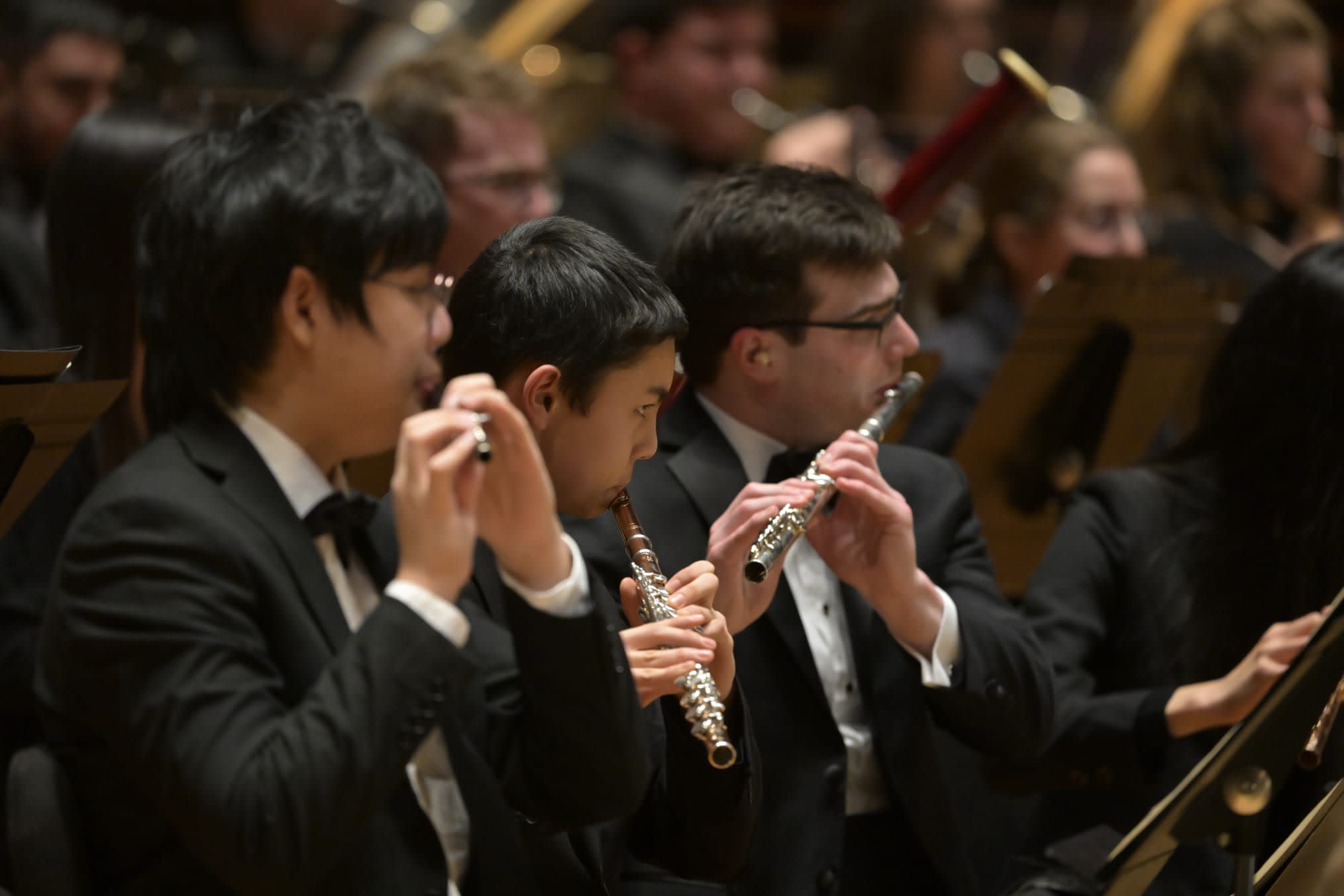
Why Curtis?
The Curtis Institute of Music educates and trains exceptionally gifted young musicians to engage a local and global community through the highest level of artistry.
For nearly a century Curtis has provided each member of its small student body with an unparalleled education alongside musical peers, distinguished by a “learn by doing” philosophy and personalized attention from a faculty that includes a high proportion of actively performing musicians. With admissions based solely on artistic promise, no student is turned away due to financial need. Curtis invests in each admitted student, ensuring no tuition is charged for their studies and they enter the profession free from educational debt.
Curtis students hone their craft through more than 200 orchestra, opera, and solo and chamber music offerings and programs that bring arts access and education to the community. This real-world training allows these extraordinary young musicians to join the front rank of performers, composers, conductors, and musical leaders, making a profound impact on music onstage and in their communities.







